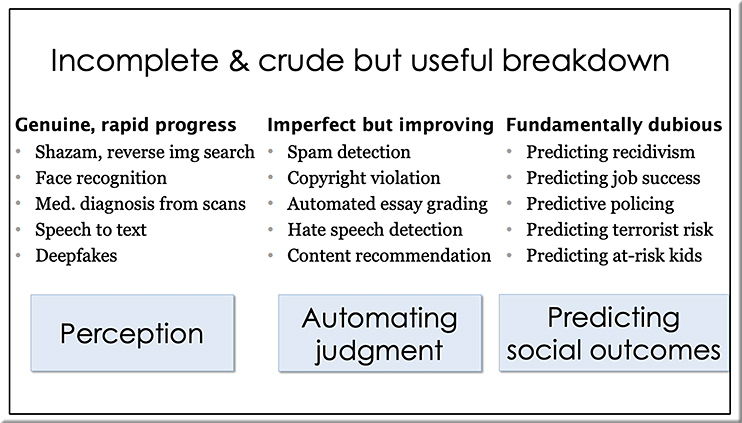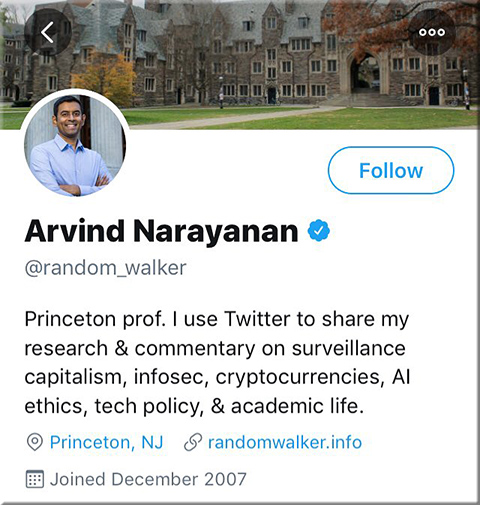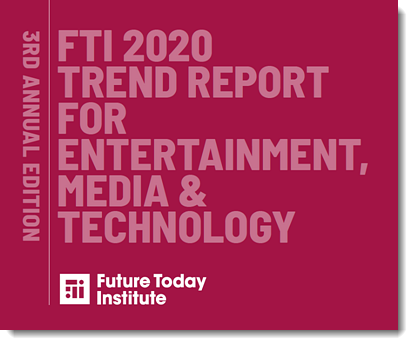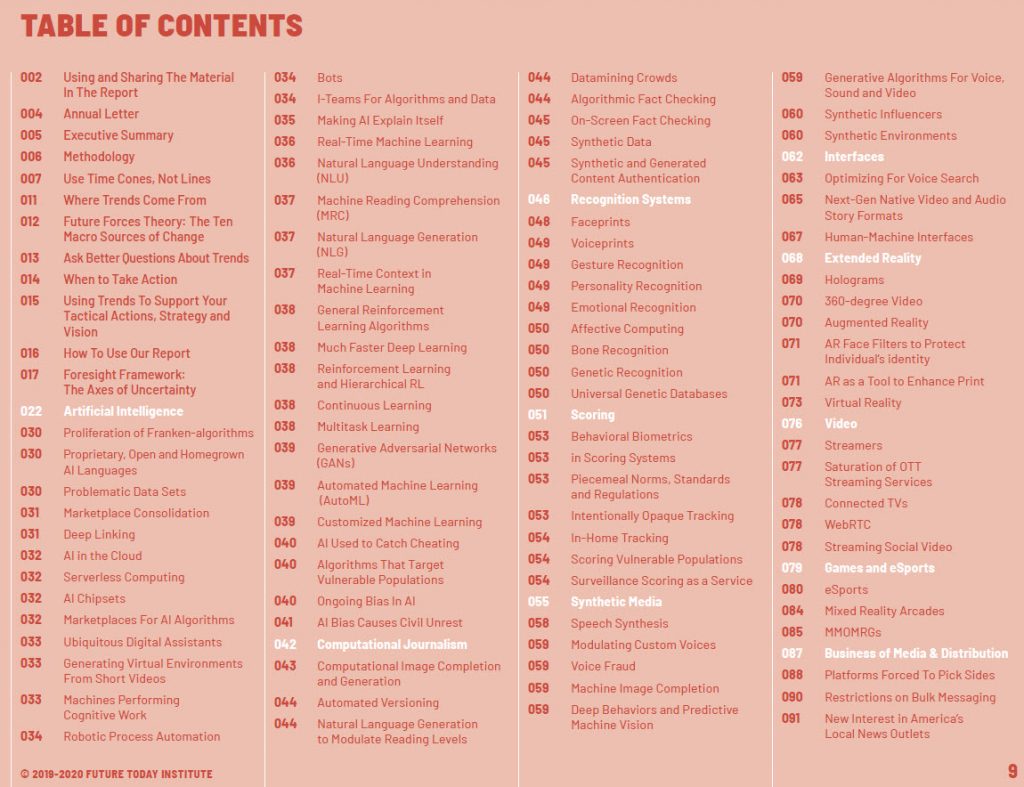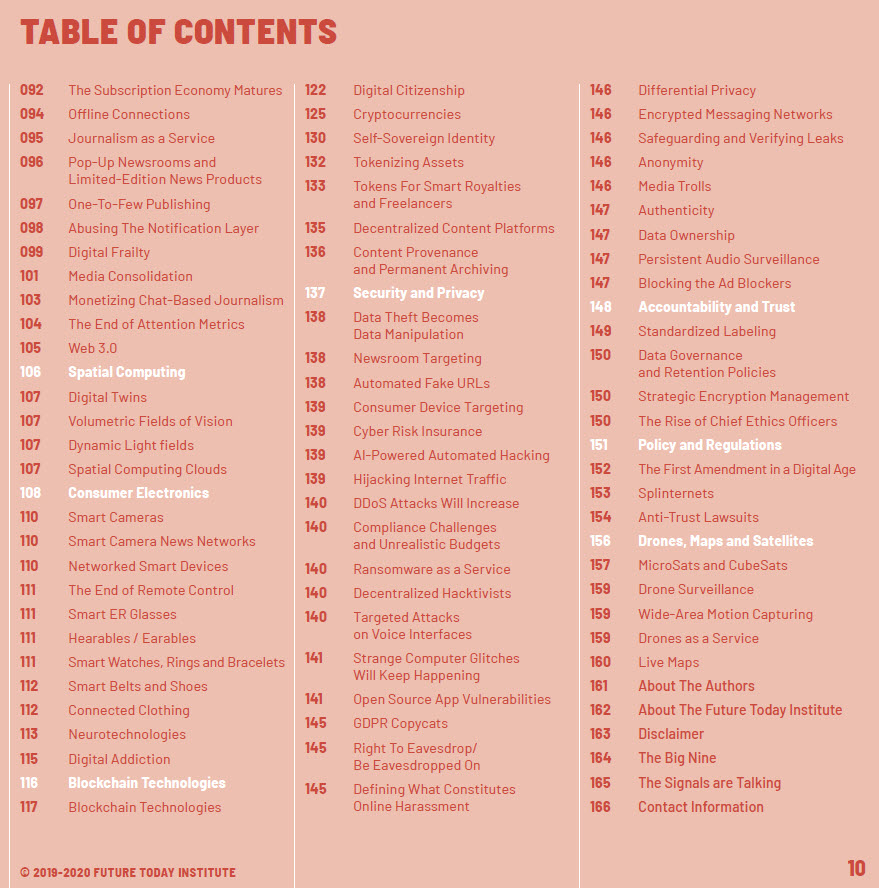30 influential AI presentations from 2019 — from re-work.co
Excerpt:
It feels as though 2019 has gone by in a flash, that said, it has been a year in which we have seen great advancement in AI application methods and technical discovery, paving the way for future development. We are incredibly grateful to have had the leading minds in AI & Deep Learning present their latest work at our summits in San Francisco, Boston, Montreal and more, so we thought we would share thirty of our highlight videos with you as we think everybody needs to see them!. (Some are hosted on our Videohub and some on our YouTube, but all are free to view!).
Example presenters:
- Dawn Song, Professor, UC Berkeley.
- Doina Precup, Research Team Lead, DeepMind.
- Natalie Jakomis, Group Director of Data, goCompare.
- Ian Goodfellow, Director, Apple.
- Timnit Gebru, Ethical AI Team, Google.
- Cathy Pearl, Head of Conversation Design Outreach, Google.
- Zoya Bylinskii, Research Scientist, Adobe Research.
- …and many others











